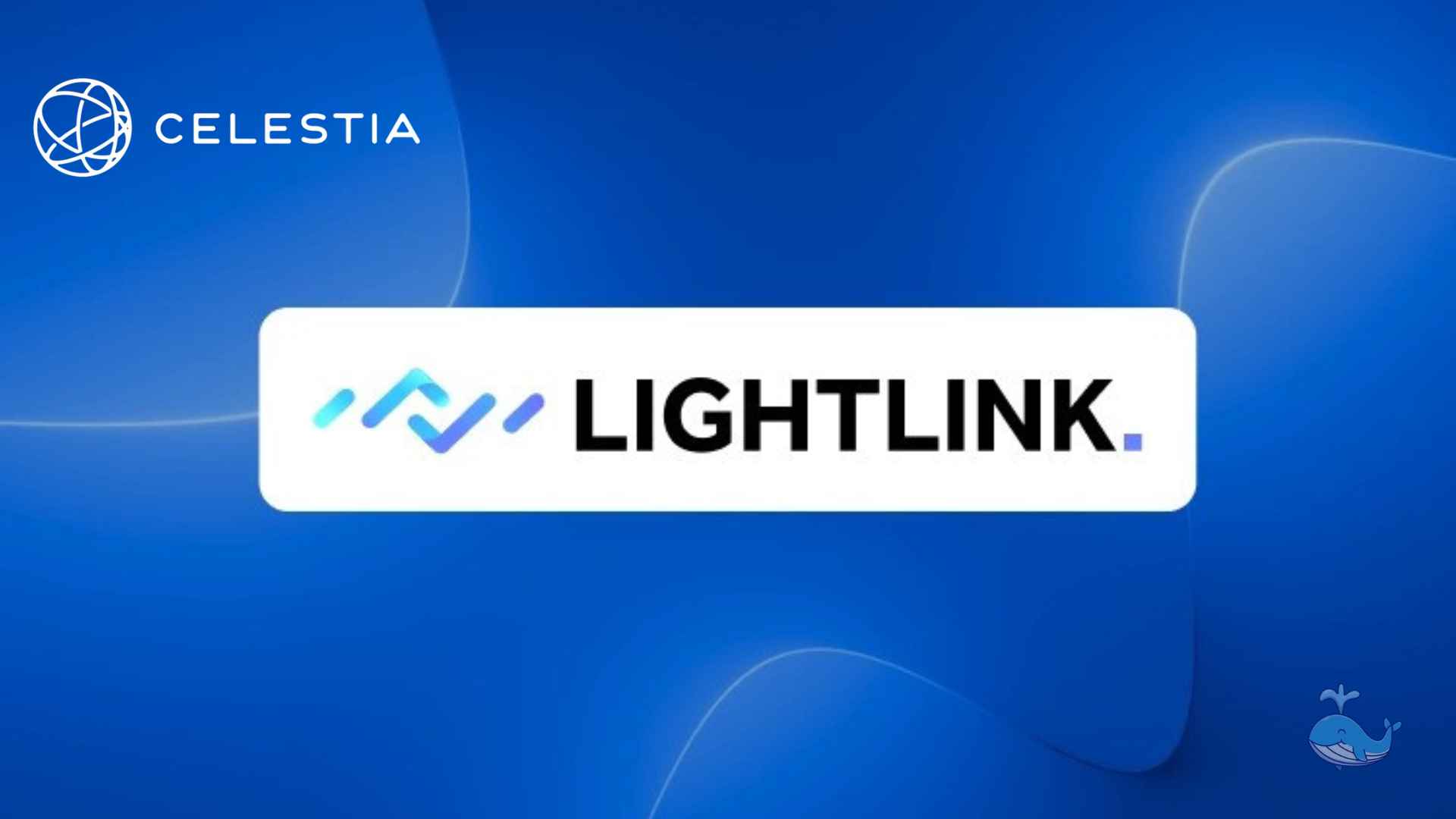Blockchain Startup LightLink is officially Live on Celestia’s Mainnet

Ethereum Layer-2 (L2) blockchain LightLinkChain has officially launched on Celestia's mainnet as part of its initiative to "cut down on storage costs and boost security.
LightLink is live on @CelestiaOrg's Mainnet!
All LightLink txs go to Celestia's modular DA, with only block headers sent to Ethereum.
With Celestia underneath ✨, we're able to cut down on storage costs and boost security as we progress toward 10k TPS.https://t.co/ii9aVp4ViO pic.twitter.com/VoC5137Uop— LightLink ⛓️ (@LightLinkChain) June 5, 2024
According to a blog post made on the company's website on Wednesday, it was stated that LightLink's Hummingbird client, which is officially live on Celestia's Mainnet, will enhance scalability and reduce transaction fees on LightLink's path toward 10,000 TPS.
Hummingbird makes sure that LightLink on Ethereum has access to data. It is a lightweight client that publishes L2 data to Celestia DA and verifies block headers on Ethereum. By implementing Celestia as a modular data availability layer, the costs associated with storing L2 data can be reduced, and transaction reliability can be guaranteed.
As of right now, LightLink is one of Celestia's Testnet users with the largest upload volumes, contributing 18.9 GB of data, or 84.5% of the total Testnet storage. LightLink's costs are 69% less than those of other L2s, even with this high usage. This is because of LightLink's aggressive fee structure and Celestia's algorithm, which first looks for the lowest fee and then gradually raises it until the optimal result is obtained.
The CEO and co-founder of LightLink, Roy Hui, outlined the significance of the mainnet integration and said that integrating Celestia improves security and lowers storage costs, making it a calculated step toward reaching 10,000 TPS.
Compared to Ethereum, Celestia will be less expensive for our data availability layer, which will enable us to pass along these cost savings to end users in the form of reduced transaction fees. The result is a more user-friendly, faster, and more dependable blockchain platform that also addresses the higher gas costs usually needed to take advantage of Layer 1 protocols, Hui added.
The LightLink team intends to incorporate Blobstream into Hummingbird and is excited to be utilizing Celestia. Validators will be able to confirm data availability and challenge the LightLink L1 contract as a result.
LightLink also raised $6.2 million in an extended seed round in April 2024 to further its goal of developing proprietary technologies for gasless transactions and enabling millions of people to access a Web3 ecosystem.
Disclaimer: This information should not be considered financial advice by any means. Please do your own research before making any investment decisions. The views in the articles are personal opinions only. Whale Insider is not responsible for any financial losses incurred.
